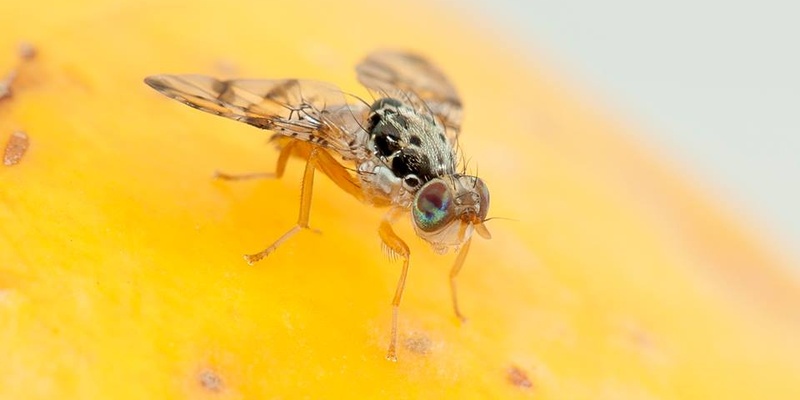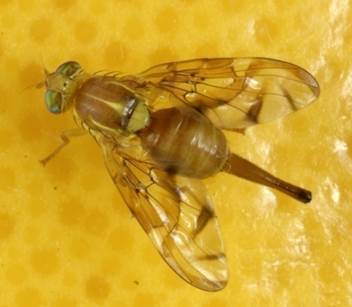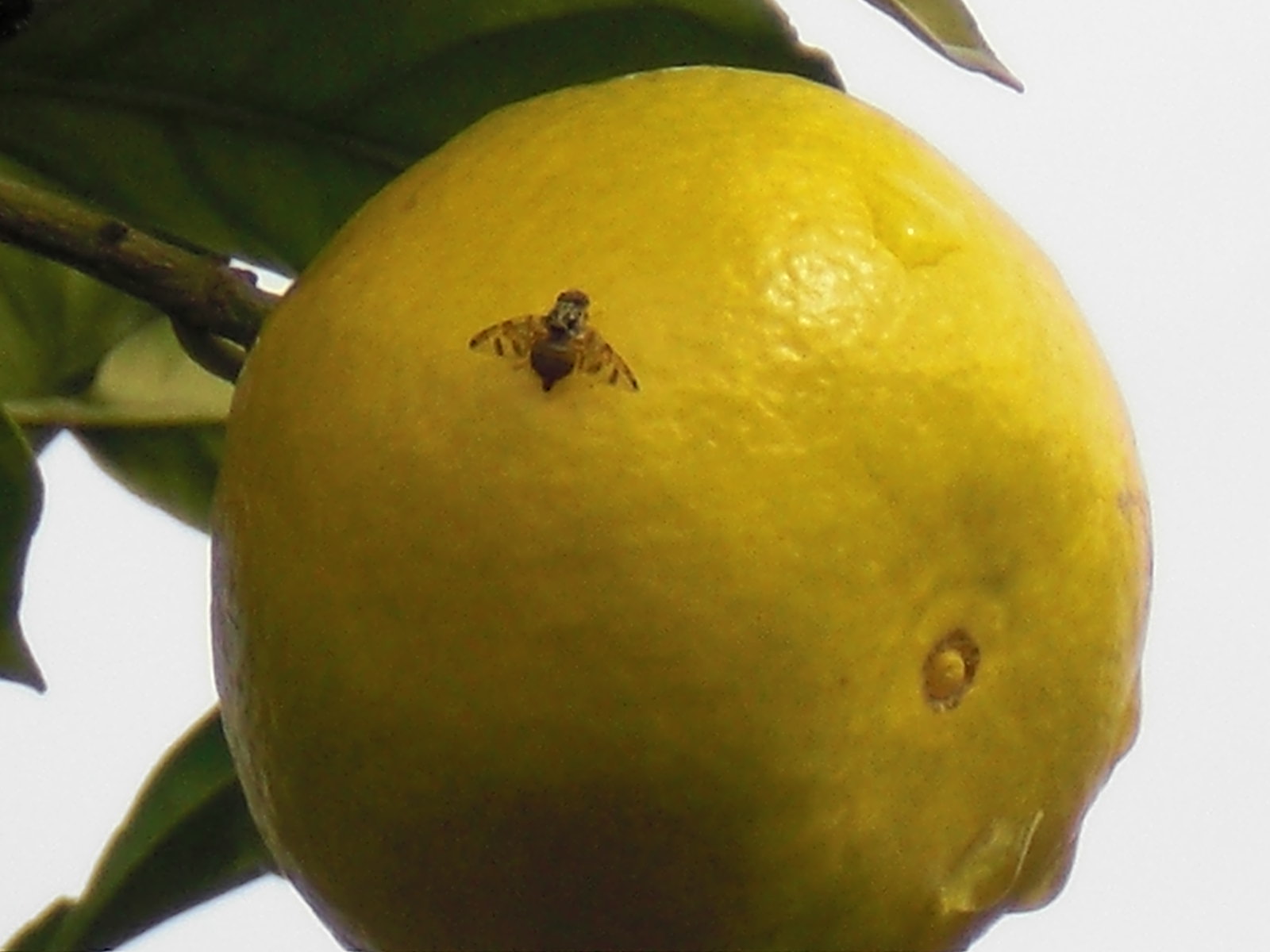One Step Closer to Enhancing Food Security and Facilitating Trade
Posted on Wed, 20 Apr 2016, 13:44

To limit the international spread of pests and diseases that harm plants -from fruits, vegetables, grains to trees- it is essential to know which plants a pest will use to reproduce. These plants are called hosts, as they host or harbour pests that are transported when the plants are moved and traded, with the risk of the pests spreading. Ten years ago the International Plant Protection Convention (IPPC) community agreed that a standard was needed on how to determine whether a specific fruit may host damaging fruit flies. Ten years of dialogue, drafts and consultations were needed before the International Standard for Phytosanitary Measures (ISPM) on Determination of host status of fruit to fruit flies (Tephritidae) was adopted.
Why did it take so long to agree on this standard, and how will it impact our lives?
This new IPPC standard includes methodologies for surveillance under natural conditions and field trials under semi-natural conditions that should be used to determine the host status of undamaged fruit to fruit flies. This is a major step towards ensuring that host status of fruit to fruit flies across the globe is determined following the same guidelines and helping countries reach the similar conclusions. Non-hosts with similar fruit physiological stages and that come from countries with similar ecological situations should now be considered the same. However, agreeing on the definitions for the various host types was not easy and it took years of dialogue and intense negotiations before the world finally agreed on a globally harmonized standard.
Trade in agricultural produce is a vital part of international development but it also presents risks to plant health. Importing countries who wish to mitigate the risk of introducing fruit flies when they imported fruits can take actions to mitigate that risk for instance by importing fruits from fruit fly free areas, treating the fruit, or importing fruit that were considered non-hosts. Until now, countries would sometimes determine the host status based on old and dubious information, such as laboratory studies where fruit flies were exposed to punctured fruits detached from the tree, or where the fruit fly eggs were injected in the fruit pulp. Because fruit flies lay eggs easily on any kind of substrates (even on a perforated ping pong ball!), countries would not import fruits that had even a minimal risk for harbouring damaging pests, and this often lead to excessive trade restrictions. The new ISPM clarifies that while laboratory tests may be sufficient for demonstrating non-host status, they are inappropriate for demonstrating that a plant is a host.
The case of the Mexican Hass avocado (Persea americana) is an example of the importance of correctly determining host status. For decades, Mexico suffered under importing countries trade restrictions that prohibited the import of fresh avocadoes because of fear of fruit flies. The USA was one of the countries that did not allow Mexican avocados into their territory. Indeed, it was only in the beginning of the 1990s that the USA started importing Mexican avocados, and at that time they were only allowed into colder northern states because it was unlikely that the fruit flies would establish there. However, in 2004, researchers demonstrated that the Hass avocado was not a host of fruit flies, and hereby opened the door for allowing expansion of the import area for Hass avocados. Today, Mexican avocados are imported into all of the United States.
Around 4.5 million tonnes avocados are harvested commercially worldwide, over 1 million tonnes (25%) of which are traded internationally. The value of the international avocado trade amounts to USD 2.1 billion and the USA is the number one importer in the world, followed by the Netherlands, which plays an important role as transit country in international trade. Without the correct determination of host status of avocadoes to fruit flies this trade would likely not have been possible.
Just as host status is crucial for international trade, it has a central role on a national level where it helps countries manage fruit fly populations effectively. Determination of host status is therefore a vehicle to promoting sound agricultural practices, while facilitating trade. On a regulatory level, developing countries will have a legitimate basis to demand modifications to the commitments of developed countries that adversely affect their food security. Ultimately, the standard will help ensure food security on a global level because fruit fly introductions will be limited, farmers crops will be more productive and availability of food will be more stable. It will facilitate trade, which in turn will generate income. The food insecure farmers, who need the income from trade the most and who are the most vulnerable to fruit fly infestations, are also those who stand to benefit the greatest.
The ISPM 37 on Determination of host status of fruit to fruit flies (Tephritidae) was developed by the IPPC Technical Panel on Pest Free Areas and Systems Approaches for Fruit Flies (TPFF), the Standards Committee of the Commission on Phytosanitary Measures, and contracting parties and regional plant protection organizations through their active engagement during consultations. For information on the work of the IPPC Secretariat, visit www.IPPC.int. The ISPM will be published in six languages at www.ippc.int/en/core-activities/standards-setting/ispms/.
This article was written by the IPPC Secretariat with input from Mexico, USA and the Joint FAO/IAEA Division.



